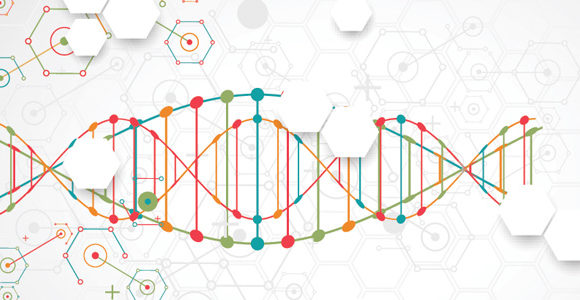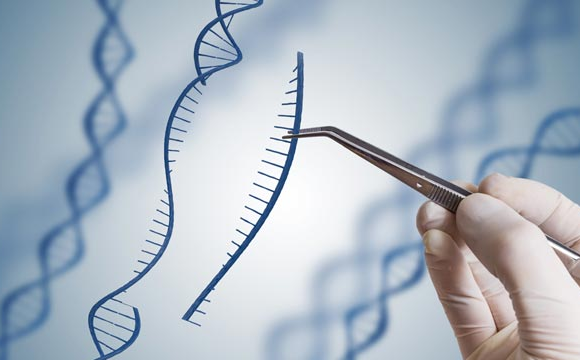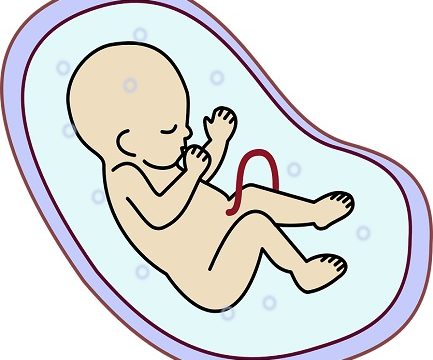Ever wondered how some people who eat a lot surprisingly still manage to remain thin? Let’s be honest, most of have had this thought and have secretly been jealous of such people. On a slightly more serious note, concerns regarding obesity are growing at an alarming rate, with up to 1.9 billion people being classified as overweight across the world. Contrary to what one would presume, obesity claims more lives than starvation. Given such a morbid scenario, wouldn’t it be great if we could find out the secret behind being “naturally thin”? In the past few years, scientists have discovered a few genes which are associated with thinness and such discoveries hold great potential in finding alternative therapies and preventive strategies to tackle obesity.
The scientific community has devoted much of its time to finding possible linkages between genetics and obesity and most such studies have been largely successful in their endeavors. But studies concerned with finding a genetic link to thinness are very few in number and quite disconnected. Let us try to piece together the conclusions from a few such studies.
Thinness or obesity – which of these has a genetic component?
As we discussed earlier, obesity does have an underlying genetic cause, but are we sure if thinness has a genetic cause? In the late 1980s, two scientists, Costanzo PR and Schiffman SS from Duke University conducted a study to answer this question.

This study confirms that thinness is indeed a heritable character. Now let us move one step ahead.
Do we inherit thinness from our mother or our father?
A group of scientists from University College London tried to answer this question through a 6-year long population-based study in England. The subjects of the study mainly included children, adolescents, and their parents.

Population-based studies, such as the two we have discussed until now, set the stage for studies that performed large scale genetic analysis to give concrete evidence of the genetic link to thinness.
An overdose of a few genes – the cause of slimness
Before we get into further details, let’s go back to some basic biology. Our genes are arranged in a defined sequence to give rise to DNA. This DNA is tightly packed and organized into structures called chromosomes. We, humans, have 23 such pairs of chromosomes that we inherit from our parents.
An article published by a group of scientists from the University of Utah School of Medicine and Weill Cornell Medical College gave evidence proving that excess copies of a certain region of chromosome number 20 can contribute to thinness.

This particular region of chromosome 20 has 7 genes, out of which the gene ARFRP1 has been noted to be a major player in deciding the BMI of the individual. As the figure above demonstrates, the study established that individuals carrying a duplication of that region on chromosome 20, were observed to be thin.
Comparing the genetic architecture of thinness and severe obesity
Early this year, a landmark collaborative study was published in Plos Genetics by a group of scientists from several universities in the United Kingdom and the USA. Titled “Genetic architecture of human thinness compared to severe obesity”, the article conducted studies by comparing the genetic architecture of European descent thin adults, (grouped into a cohort called STILTS – Study Into Lean and Thin Subjects) with that of European descent obese and normal people.
Put in simple terms, the study revealed that people who are thin tend to remain so because their genetic architecture contains fewer copies of genes that are associated with obesity. They also recognized some novel genes which have implications in an individual’s BMI.

What can we conclude from these studies?
These studies show that thinness is genetically determined. The trait can be passed on from parent to child and there are identifiable regions in our genes that can indicate whether a person is predisposed to obesity or not.
Having said this, it is important for us to understand that while thinness is regulated by our genes, it does not entirely rule out the effects of our lifestyle on our weight.
One cannot expect to lead an unhealthy lifestyle and expect their genetic advantage to prevent obesity or any other weight-related illnesses. Also, thinness must not be confused with good health. It is important for us to eat well and perform adequate physical activity to achieve the right BMI.
References:
- https://www.who.int/news-room/fact-sheets/detail/obesity-and-overweight
- https://www.ncbi.nlm.nih.gov/pmc/articles/PMC3137002/
- https://www.ncbi.nlm.nih.gov/pmc/articles/PMC2764266/
- https://www.ncbi.nlm.nih.gov/pmc/articles/PMC2764266/
- https://www.ncbi.nlm.nih.gov/pubmed/2671834
- https://jamanetwork.com/journals/jamapediatrics/fullarticle/1107609
- https://www.hindawi.com/journals/jobe/2015/623431/
- https://journals.plos.org/plosgenetics/article?id=10.1371/journal.pgen.1007603










